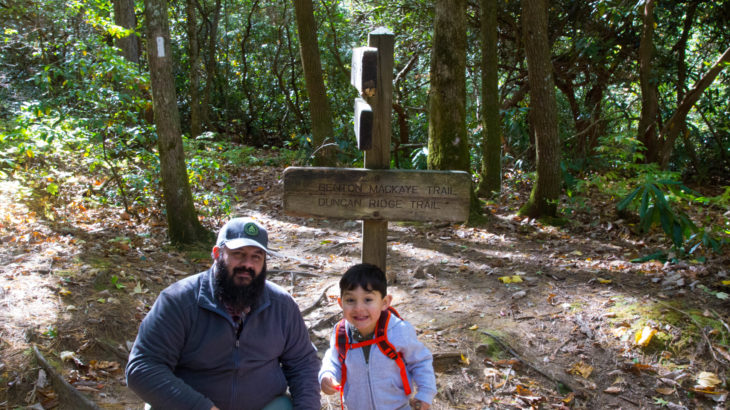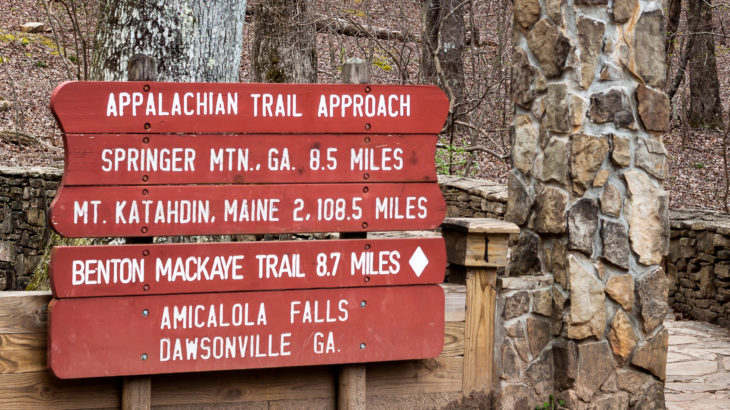Conservationist Series - Benton MacKaye
This is a continuation of our conservationist series. Each post will detail a conservationist’s life, notable accomplishments, and ways the conservationist connects to kids. This post features Benton MacKaye.

 The Benton MacKaye Trail Association was created by a group of people who wanted to create the original footpath that MacKaye had proposed. Currently, the Benton MacKaye Trail (BMT) is a 300-mile footpath that intersects the Appalachian Trail (AT). It runs from Springer Mountain in Georgia to Big Creek Campground on the northern edge of the Great Smoky Mountains National Park. The charter of the BMT states that the trail is to be a primitive trail to honor MacKaye's desire for wild spaces.
The Benton MacKaye Trail Association was created by a group of people who wanted to create the original footpath that MacKaye had proposed. Currently, the Benton MacKaye Trail (BMT) is a 300-mile footpath that intersects the Appalachian Trail (AT). It runs from Springer Mountain in Georgia to Big Creek Campground on the northern edge of the Great Smoky Mountains National Park. The charter of the BMT states that the trail is to be a primitive trail to honor MacKaye's desire for wild spaces.
Do you have a favorite conservationist who has positively influenced our environment? Let us know below! Stay tuned each month for more blog posts about conservationists and their impact on our community and the world we share.

Forester. Teacher. Trail Maker. Conservationist.
If you are lucky enough to have walked part or all of the Appalachian Trail, you've walked on an idea that came to fruition. Benton MacKaye pioneered the idea of a national trail in 1921. The trail was completed in 1937.Who is Benton MacKaye?
MacKaye was born in 1879 in Stamford, Connecticut. His early life was spent in New England before the family moved to New York in 1885. They often left New York for Shirley Center, MA, to escape the busy city. While living in Washington, D.C., MacKaye often visited the Smithsonian and volunteered to help scientists in their labs. He attended Harvard from 1896 through 1905 and obtained a degree in Harvard's new school of forestry. After graduation, he taught at the forestry school and worked for the National Forest Service. His work in forestry led to the scientific evidence that was the basis for the creation of the White Mountain National Forest. He was a forest examiner and wrote a text entitled "A Theory of Forest Management." MacKaye passed away on December 11, 1975, at the age of 96. He was inducted into the Appalachian Trail Hall of Fame in 2011.Accomplishments & Legacy
MacKaye is most known for his 1921 article An Appalachian Trail: A Project in Regional Planning in the Journal of the American Institute of Architects. The goal of the piece was to preserve wild lands in the Eastern United States to complement the land being set aside in the West. In 1935, MacKaye founded the Wilderness Society with Aldo Leopold and Bob Marshall. The Wilderness Society is dedicated to preserving wild spaces. MacKaye served as both vice-president and president of the Society. The Benton MacKaye Trail Association was created by a group of people who wanted to create the original footpath that MacKaye had proposed. Currently, the Benton MacKaye Trail (BMT) is a 300-mile footpath that intersects the Appalachian Trail (AT). It runs from Springer Mountain in Georgia to Big Creek Campground on the northern edge of the Great Smoky Mountains National Park. The charter of the BMT states that the trail is to be a primitive trail to honor MacKaye's desire for wild spaces.
The Benton MacKaye Trail Association was created by a group of people who wanted to create the original footpath that MacKaye had proposed. Currently, the Benton MacKaye Trail (BMT) is a 300-mile footpath that intersects the Appalachian Trail (AT). It runs from Springer Mountain in Georgia to Big Creek Campground on the northern edge of the Great Smoky Mountains National Park. The charter of the BMT states that the trail is to be a primitive trail to honor MacKaye's desire for wild spaces.
"If these people were on the skyline, and kept their eyes open, they would see the things that the giant could see." - Benton MacKaye, 1921
More Quick Facts
- He was married briefly to Betty Stubbs, a suffragette.
- He visited Shirley Center, MA, frequently throughout his life as it was a source of refuge for him.
- Has been called the "Father of the Appalachian Trail".
Photo Credits: Jess Burns and Melissa Hollingsworth
Do you have a favorite conservationist who has positively influenced our environment? Let us know below! Stay tuned each month for more blog posts about conservationists and their impact on our community and the world we share.
Related Content




Comments